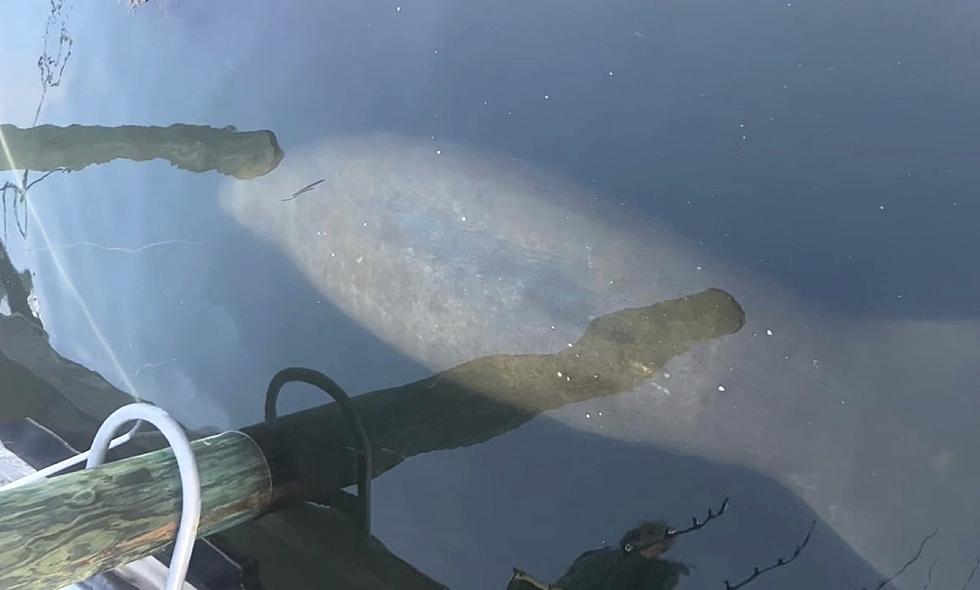
5 Easy Steps to Become a Turtle Crossing Guard in Maine, Which is a Real Thing
To put it quite simply...
And why wouldn’t I? I’m from New Hampshire, the original, official birthplace of the Teenage Mutant Ninja Turtles (don’t let this town in Massachusetts fool you).
It turns out people in Maine like their turtles, too. So much, in fact, that the Maine Department of Inland Fisheries & Wildlife wants you to be a “turtle crossing guard”.
In conjunction with Wild Turtle Week, the Department posted five easy steps to being a TCG (Turtle Crossing Guard):
- “Always keep your own safety in mind - Watch out for oncoming vehicles, signal properly when pulling over and recognize your surroundings first before working to help save an animal.”
- “Move turtles to the other side of the road in the same direction it was going - They have a plan! If you turn them around, they will just head right back into the road after you have left. Do not take it with you or move it anywhere except the other side of the road.”
- “Try a hands-free approach, when possible, by just standing guard as the animal crosses the road on its own.
- “Pick up turtle by the back of the shell, not the tail to avoid causing serious injury - You can safely help a snapping turtle in the road by using a car mat or by carefully holding them at the back of the shell and not the sides. Snapping turtles have very long necks and can bite your hands if you place them at the sides of the shell.”
- “Snap a photo once out of the road and report sightings to the Maine Amphibian and Reptile Atlas Project at mefishwildlife.com/atlas to provide MDIFW biologists with data to better understand turtle distribution and abundance.”
For more information, visit the U.S Fish and Wildlife Service. And in the meantime, get your popcorn ready for the new Ninja Turtles movie, starring West Newbury, Massachusetts' own John Cena.
Did You Know These 30 Animals Are on New Hampshire's Endangered Species List?
7 Invasive Insect Species That Can Damage Crops and Other Plants in New Hampshire
In an effort to inform the public on the types of invasive species that are known to be found in their state, the USDA offers a handy dandy "Pest Tracker". This allows you to simply click the name of your state from the drop-down menu provided to see pictures of the different insects and weeds, along with descriptions of the type of plant life they target and the damage they can do if they're not dealt with.
More From WSHK-WSAK 102.1 & 105.3 The Shark









